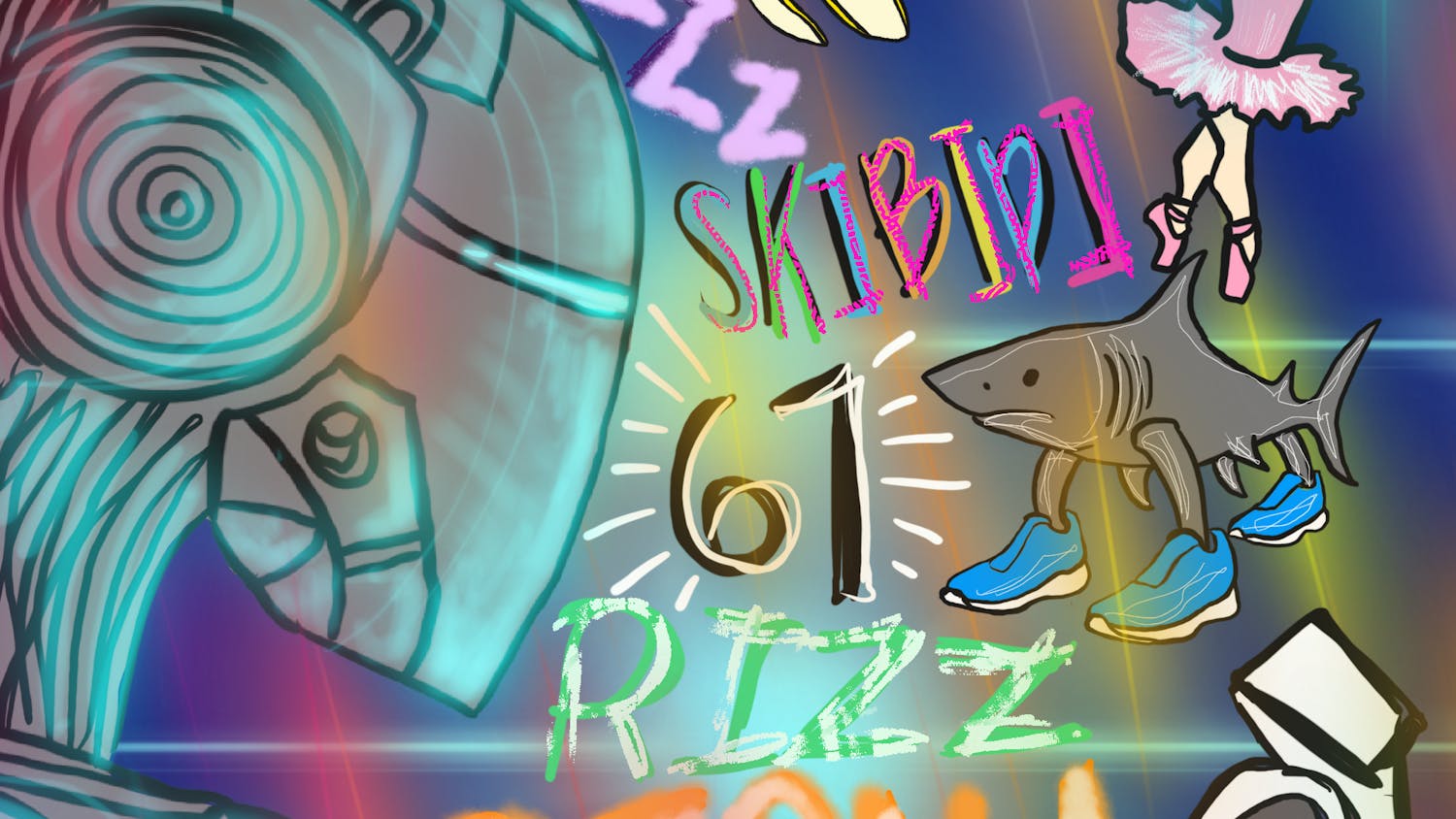Recently, much of the discussion around the MBTA has been focused on its numerous issues, especially its slow zones. Though it’s certainly an important discussion to have, it’s also important to ask what happens after these slow zones are fixed. There are a couple of projects that have been overshadowed by the slow zone repairs that are pivotal to the future of the system.
The first of these is the Green Line Protection System, a long overdue update to provide basic safety measures to the Green Line. Essentially, the MBTA is adding rudimentary automation technology to the Green Line, which will help prevent crashes and lead to slightly shorter travel times. This is the kind of basic train automation that the federal government requires of regional railways. This safety system was first recommended by the National Transportation Safety Board after crashes in 2008 and 2009, but the project didn’t start until January 2020.
The original deadline for the project was 2025, though the MBTA moved this deadline forward, diverting money from its day-to-day operations, to finish by December 2023. However, another NTSB report following yet another Green Line crash in 2021 revealed that the deadline had been pushed back even further, to June 2025.
So where is this project now? Apparently, as of this August, it was only 13% closer to completion than it was in December 2021. Despite the fact that a significant portion of that equipment is meant to be installed by the end of the year, installation of some of the safety equipment has been on hold since February. The vehicle installation, despite beginning in June, has also apparently seen no significant progress. The MBTA, demonstrating its usual level of accountability, has stopped releasing monthly updates after this August.
While progress on implementing safety features for the Green Line has been slow, it’s been going at light speed compared to another important project: the Red Blue Connector. This project will extend the Blue Line through downtown Boston to meet up with the Red Line at the Charles/MGH stop, allowing riders to travel anywhere on the main four subway lines with a maximum of one transfer and reducing traffic in the often overcrowded Government Center and Park Street stations.
Planning for the Red Blue Connector project began in 1994, with an original completion date of December 2011. Despite the planned deadline, this project is still in the planning stages, with construction set to begin in 2026. In 2021, the MBTA released a detailed outline of what the project could entail, along with a timeline with an estimated completion of Spring 2030. In a report released earlier this month, they shifted the schedule further back to 2031. Furthermore, the MBTA has only reserved $30 million of the estimated $850 million needed to complete the project. This funding, which covers the 2024 fiscal year, supposedly covers 30% of the design process, which has an estimated completion of 2025. It makes one wonder whether the MBTA is even capable of meeting their 2031 deadline, which, I may add, is still 20 years after the project was supposed to be completed.
Thankfully, there is opportunity to make your voice heard on the Red Blue Connector. The most recent project update is accepting online comments until Oct. 31, and there is an in-person meeting at 6 p.m. today at the East Boston Public library which will provide information and provide a chance for questions regarding the project. It will take active involvement to bring these projects out of the shadows and get true accountability for the system we deserve.





